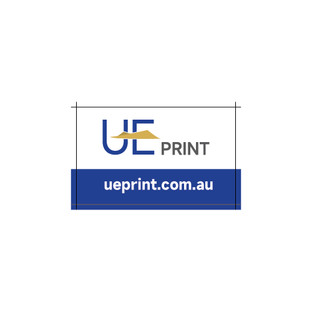
How to Set Up Bleed
Setting up bleed correctly is crucial to ensuring your printed products look professional and polished. This guide will walk you through the steps to set up bleed in Adobe Photoshop and Illustrator, helping you avoid common mistakes and achieve perfect print results.
What is Bleeding
Bleed refers to the area of your print document that extends beyond the final trim size. It ensures that your design reaches the edge of the paper, even if there are slight cutting variations.
Without bleed, slight misalignments during cutting can result in white borders around your design. Properly set bleed guarantees that your final product looks professional, with no unintended edges.
If its too hard for you to fix this, contact us for affordable professional graphic design services.
How to set up bleed on your software
Wrong bleeding set up samples
When the bleed is not set up correctly, it can lead to visible white borders after trimming. This occurs because the design elements do not extend into the bleed area, leaving parts of the paper unprinted if there's any cutting misalignment.


What is a correct bleeding set up looks like
In a correct bleed setup, all design elements, such as images and backgrounds, extend beyond the trim line into the bleed area. This ensures that even with slight cutting variations, there are no unprinted edges, resulting in a polished and professional final product.

Discover our high quality flyers and cards products
Booklets with Bleed
Setting up bleed for booklets differs slightly from other printed products, especially if your design includes images spanning two pages. Each page should be created individually with a four-sided bleed, not as a spread.
To do this, arrange two physical pages as a spread (e.g., page 2 next to page 3, page 4 next to page 5), leaving the first and last pages separate. This ensures proper alignment and bleed during printing. Once arranged, begin creating your artwork, ensuring all elements extend into the bleed area to avoid white borders after trimming.

Find out Booklets





